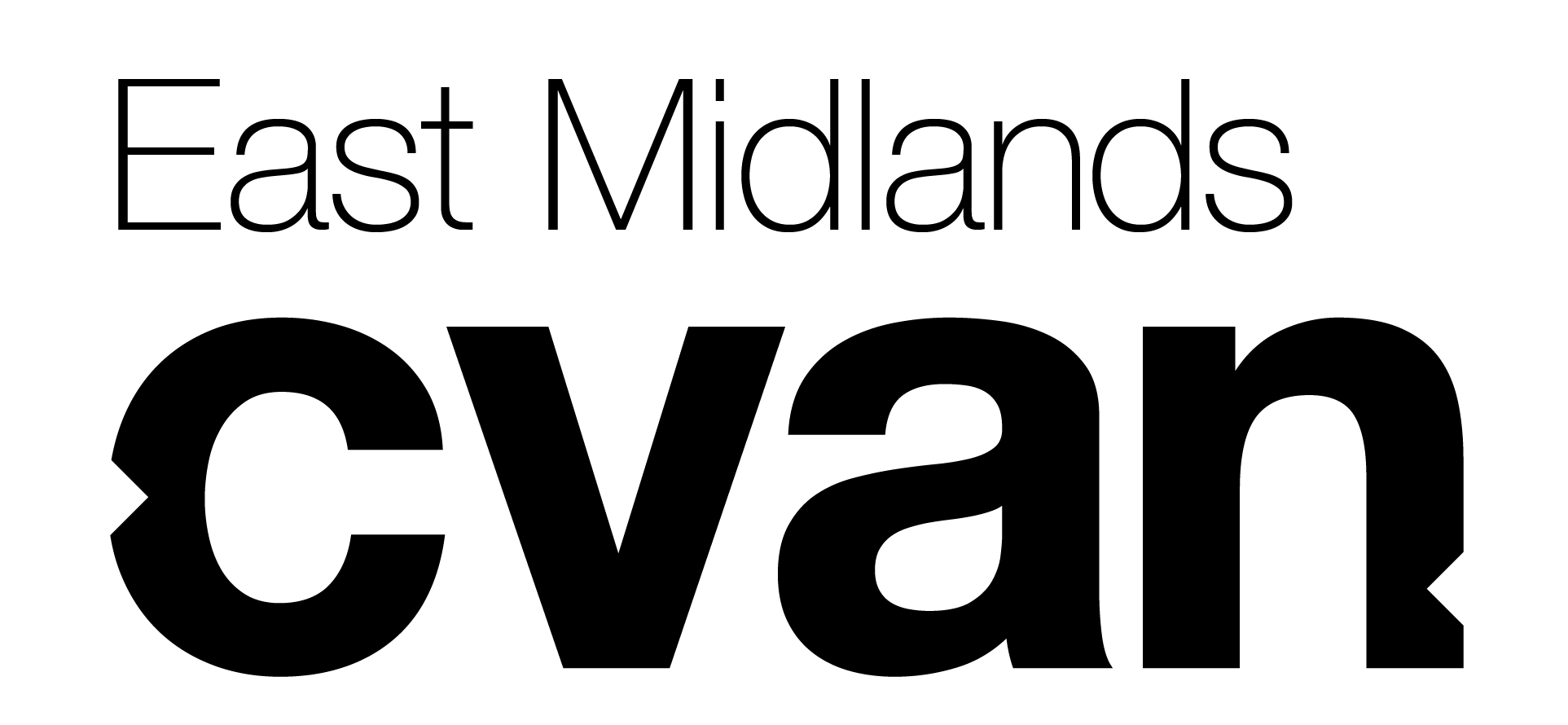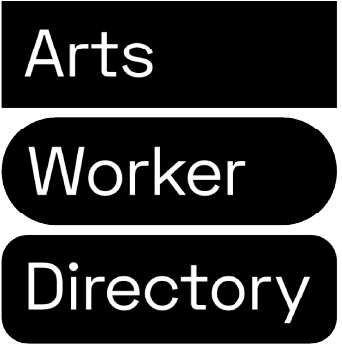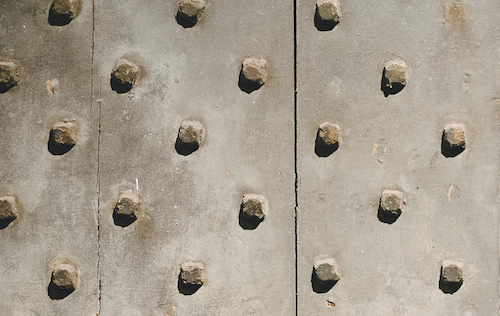Andrea Hadley-Johnson is a creative producer and curator who currently works as the Artistic Programme Manager for the National Justice Museum, developing exhibitions and creative interventions that explore ideas of crime, justice and creativity. Andrea works closely with artists and communities of people to coproduce exhibitions that bring people together to discover and share perspectives. Her work is experimental, representative, playful and quietly activist in approach. She works with people outside the museum to shape and inform what happens inside the museum.
Formally Head of Coproduction and Display at Derby Museums, Andrea led the creative development of permanent collection galleries and award-winning temporary exhibitions.
Follow Andrea on Twitter and the National Justice Museum on Instagram, Twitter and Facebook. Find out more about the National Justice Museum.
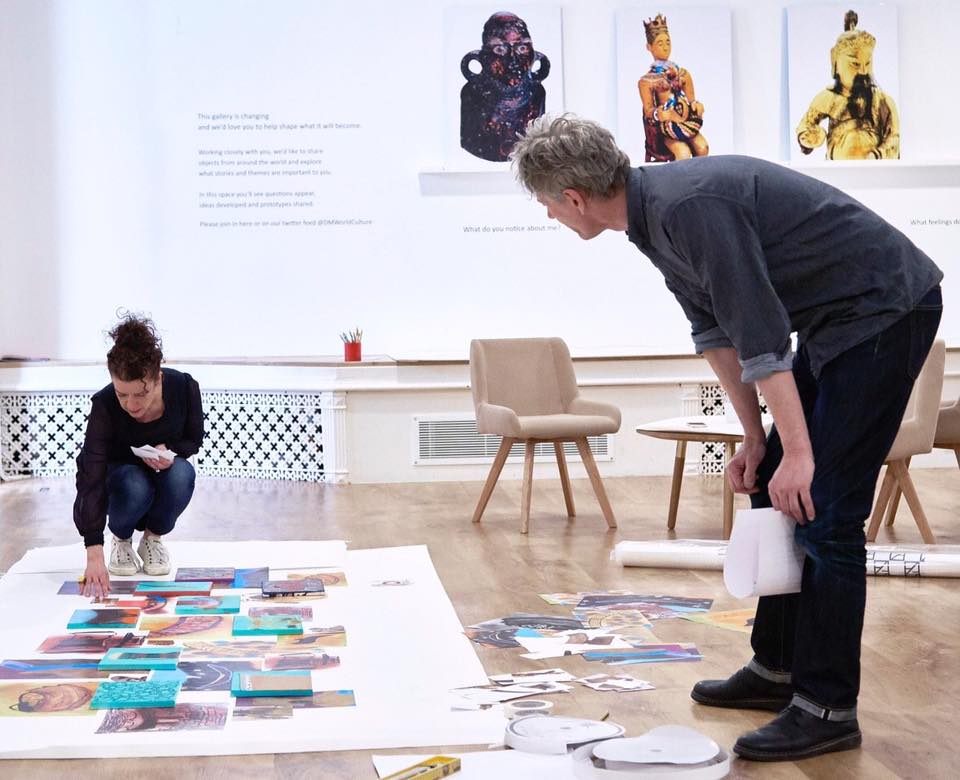
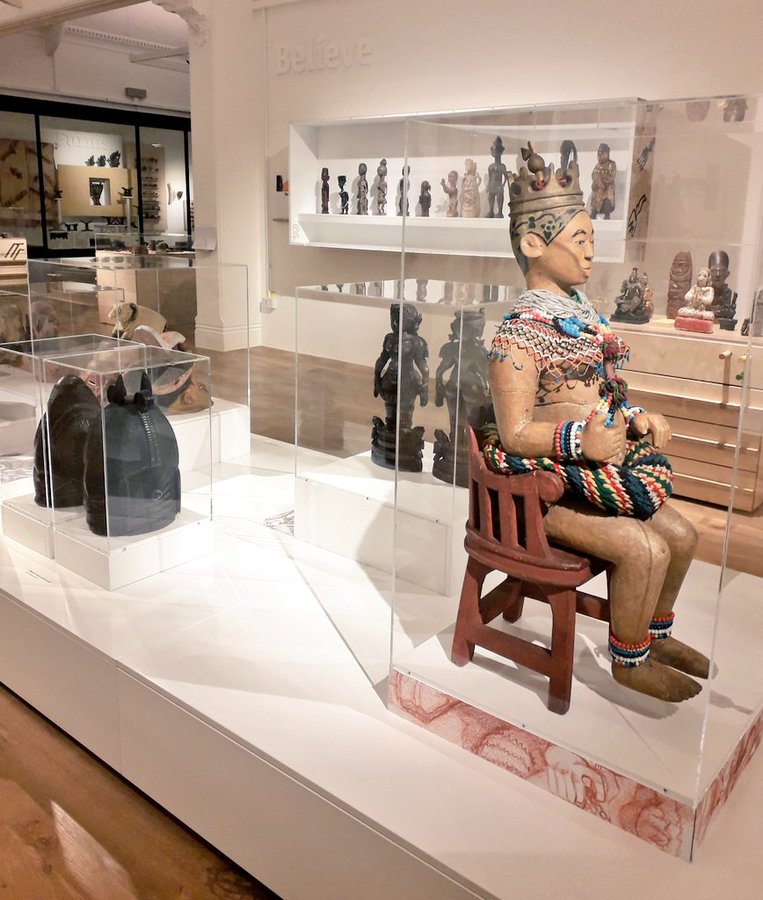
How did you come to curating and producing?
I arrived via a meandering career adventure, instinctively moving towards creative opportunities, and eventually I found myself curating and producing exhibitions. It felt instantly right; intriguing and slightly uncomfortable, the role knotted together a tangle of life experiences, learning, creativity, loves and values.
Art school kept me inspired for five years and I left fired up but ill equipped to survive financially as artist. I sold a bit of work here and there before taking a job with an interior retail company as a stylist, this took me in a new creative direction. I worked with a brilliant and ambitious creative team to became Head of Visual Merchandising for Habitat UK, leading projects across Europe. Here I built a portfolio of commercial design and presentation, learning about the behavioural science of buying, interpretation, marketing, press, audience development and experimental ways of enticing engagement…..a definite parallel with developing galleries.
After ten years, with responsibility for a large team my role had become less ‘hands on creative’, so my itchy fingers took me to an MA in Museum Studies. I embarked on a focused year of study and secured the Temporary Exhibitions Manager role at Derby Museums. I applied previous career experience and learnt on the job with some super talented artists and the trust of a team who enabled me to experiment. The exhibitions ranged from solo shows with international artists to group exhibitions that platformed emerging talent. My role and approach evolved into leading the development of museum collection galleries such as ‘Notice Nature Feel Joy: a natural history gallery’, ‘Objects of Love, Hope and Fear: a world collection’ and playful coproduced exhibitions like ‘Finding Lines: a creative call to action’
Currently I’m the Artistic Programme Manager at the deeply affecting National Justice Museum, leading a co-productive, representative and experimental approach to developing exhibitions and creative activity.
(I’d like to note here that I recognise my privilege in studying for an MA and volunteering to gain further experience. I was the first in my family to attend university and without a grant would not have been able to afford the experience. It’s vital that museums and galleries build more representative teams. If you are in a position to recruit, look to accessible and equitable recruitment approaches that value equivalent experience).

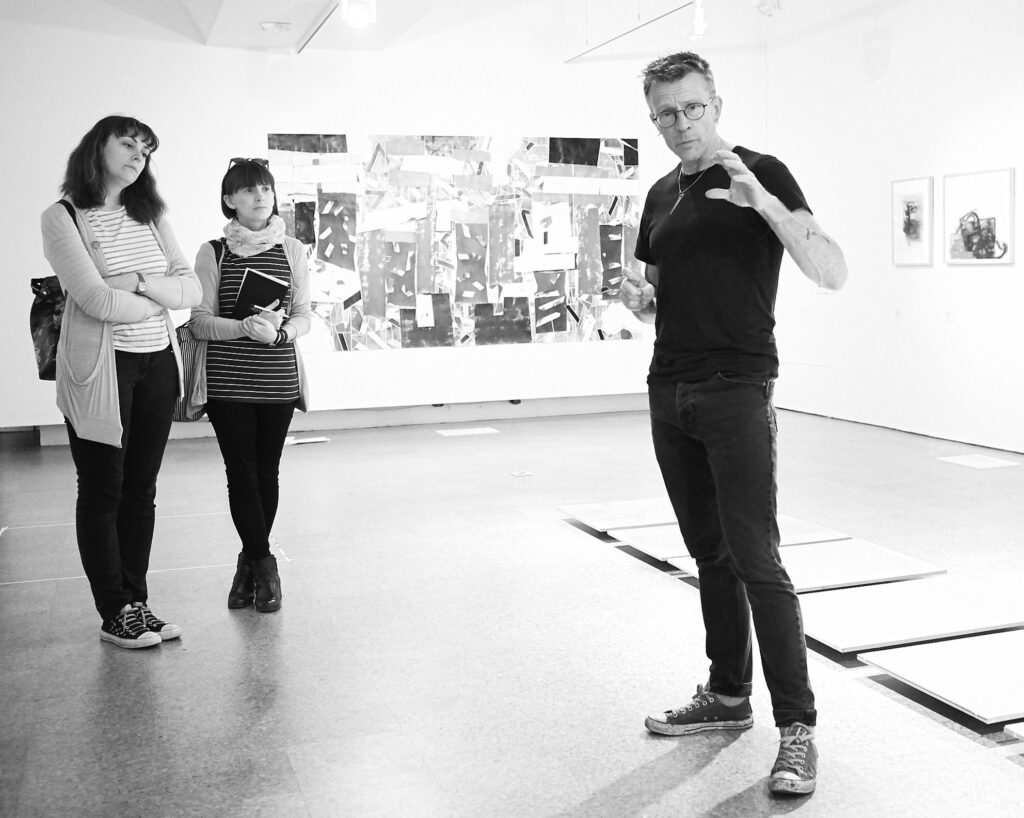
Tell us about the programme at the National Justice Museum.
I’ve been working here for 18 months and the collection and enduring themes of crime, justice and punishment still keep me awake at night! The spaces are infused with trauma and hope, beauty and brutality, there is so much to work with and respond to.
The programme we’ve introduced is experimental and co-productive in approach with the aim of building a more creative, relevant, representative and inclusive museum. It includes interventional work within the paid areas of the museum, the temporary exhibition gallery, a new ‘project lab’, commissions and a series of artist led ‘Make It Yours’ workshops. The workshops and dialogue we engage in outside the museum shape and inform what happens inside the museum; creative responses make their way into exhibitions, artist commissions, publications and performances, lived experience makes its way into interpretive material and archive collections. Essentially, the programme is about creating interesting opportunities to bring people together to participate, discover new perspectives, connect, share opinions, and be heard through creative activity.
In 2020/21 we delivered two successful coproduced exhibitions, ‘Washing Dancing Singing’ and ‘Constraint Restraint’. Both projects involved a joyful collective of artists, art, communities of people, social justice partners and museum objects. A three-year exhibition programme was drafted and in full swing when Covid 19 hit and I’m currently redefining it each week according to shifting timelines and budgets. What matters right now is to be useful to people and to think deeply about the role museums and artists might play in the society that emerges from a deeply troubled time.
The project lab is loosely programmed as a place of ‘quiet activism’ and exploratory community led practice, it enables us to react to current and relevant news, deepen dialogue connected with the collection and share prototype activity. When the museum re-opens, we’ll be showing a collection of digital portraits co-created with artist Sally Sheinman and the men living at Nottingham prison, followed by a dialogue about anti-racism and black women activists, followed by wearable art created in a year long creative commission with maker Alys Power.
The ‘Make It Yours’ programme has developed over 12 months to become a vibrant weekly event. These workshops are a step towards people making the museum their own. Each one is led by a freelance creative practitioner and features an object from the museum collection as a source of inspiration. What happens in the room directly shapes and informs exhibitions and project lab activity.
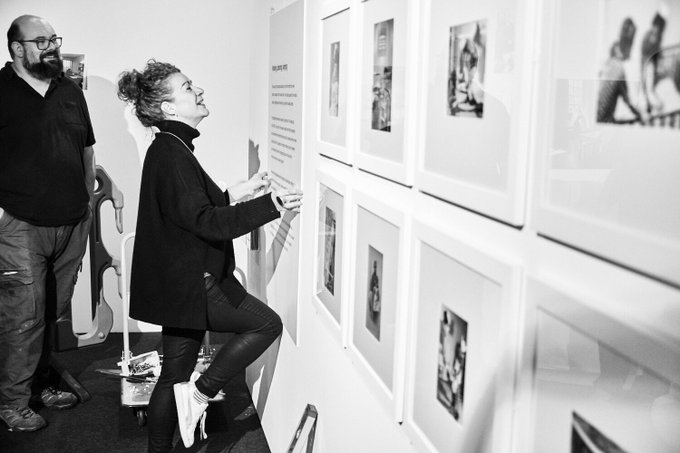

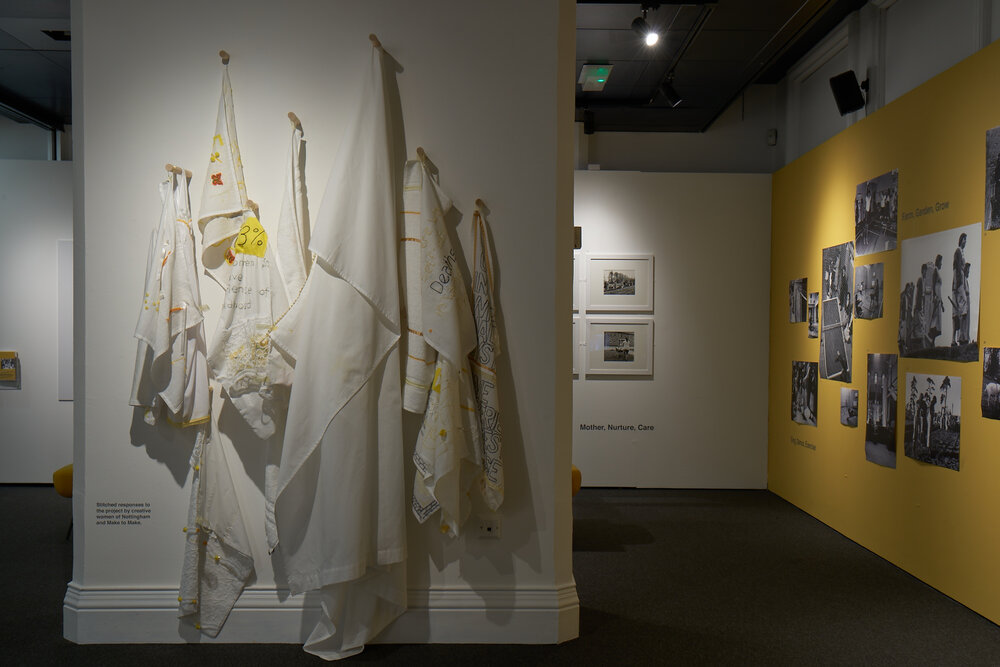
16 November 2019 – 2 February 2020, National Justice Museum, Nottingham. Installation view
Who is in the programming team, and how do you work together?
Everyone plays a part in programming, from inside and outside the museum. The strategic planning begins with a creative ideation session that the entire team are invited to participate in, we deliver three exhibitions a year and have a three year plan in place. The early ideas and provocations for specific exhibitions are shared widely, tested and redefined, prototyped through workshops, dialogue on social media and conversations on the street. It’s critical that lived experience and multiple perspectives are included from the start, this makes the process and the end result richer, livelier and more relevant.
We use a set of bespoke planning cards to ensure all of the important ‘ingredients’ are included with integrity, it’s a lively process that involves lots of post it notes, debate and play to ensure we are considered in our approach. My role is full time and I work very closely with a part time project curator, the collections manager and collections curator to deliver the programme. Coproducers, communities and creative practitioners all play an essential role in the process, alongside visitor experience colleagues, actors, marketeers and the education team, freelance technicians, specialist project partners, researchers, trustees and friends.
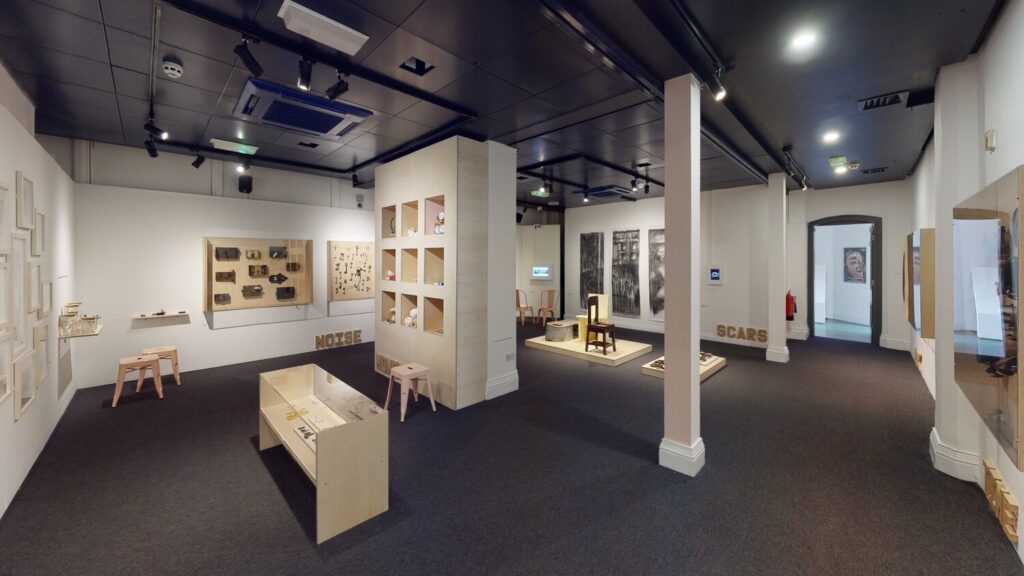

Tell us about your current exhibitions and projects.
The current exhibition is called ‘Constraint Restraint’, it grew from a series of open conversations about objects in the museum collection that set people’s hearts and minds racing. We centred the project around artefacts of restraint and hundreds of responses to the provocation “what constraints would you like to be free of?”. Like the objects themselves the responses portrayed discomfort, frustration and surprise. They challenged our assumptions about the constraints people endure, embrace and fight in their daily lives. We presented the museum objects in multiples to encourage scrutiny and comparison. Alongside the historic collection are a compelling sequence of creative interventions, gentle graphite rubbings, vigorous charcoal drawings, intricate sugar icing sculptures and a fascinating film by our creative partners Lisa Selby, Elliot Murawski, Liz Atkin, Feng-Ru Lee, Priya Mistry and Nisa Khan.
It was unimaginable how relevant the theme of constraint would become when we delivered the exhibition, fortunately invested budget to have the exhibition scanned by V21 Artspace and are now able to share the project digitally and add a participatory strand while the museum is closed.
We’re currently working on two commissions. With talented writer in residence Dr Martin Glynn we’re curating ‘Letters of Constraint’ to record unique experiences of Covid 19 isolation. And ‘Witness’ is a potent intervention we’re working on with artist Susie MacMurray, seven giant rope structures that will stand solidly in the historic prison exercise yard, bearing witness to the gallows.
With the museum re-opening date not confirmed we’ve moved forward our summer exhibition to summer 2021. It explores the role of young people in Protest, the shift in dates means we can rightly include the current protests against racism and the way young people are involved. I’m in the draft phase of ‘Power’, an exhibition of art created in prisons to explore where the power in a piece of art comes from. This in turn will help us to nurture relationships for a major three year project around ingenuity. We’ll be taking objects from the collection stores into prisons as a stimulus for creative response and in support of rehabilitation projects, this will result in an exhibition in 2023 titled ‘Ingenuity’.
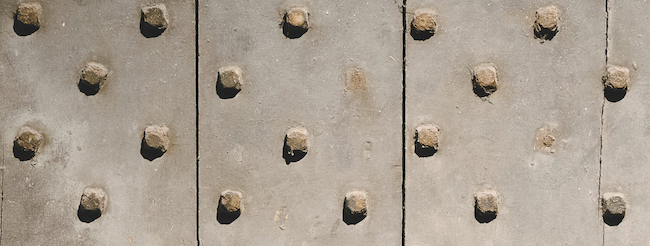
How do you select the artists you work with?
Currently it’s a mix of formal recruitment advertising, invitations, recommendations, commission call outs and fortuitous encounters. We work actively to ensure opportunities are shared widely to ensure we are encouraging and enabling a representative range of creative practitioners. The museum has some way to go in building a representative team so it’s important that our work as a team particularly supports and amplifies Black artists and artists of colour.
What’s happening behind the scenes at the moment?
The museum is closed and most of the team are furloughed but it’s strangely extra busy, a bit lonely and super creative all at once. We are working out how to reopen safely and how to be relevant to our communities. Much of my work is about bringing people together and introducing tactile and participatory experiences, this will need carefully rethinking. I’m about to meet with photographer Ofilaye to capture the empty spaces before the museum is repopulated.

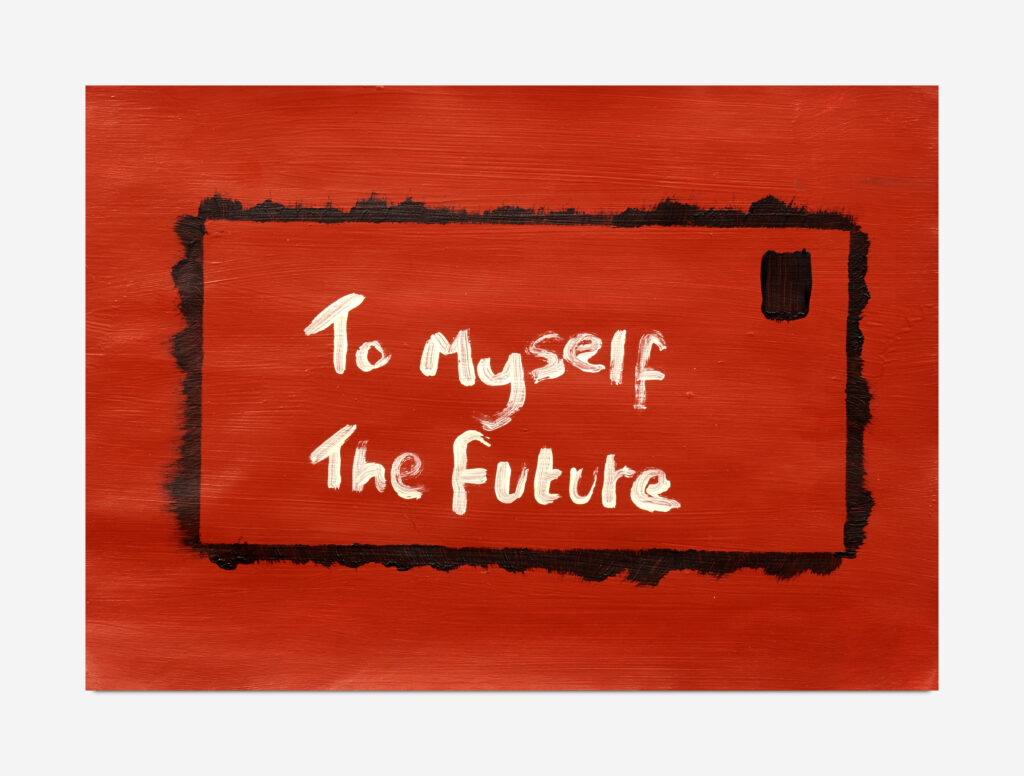
What or who are you really excited about?
I recently visited Miami with a colleague to take part in sequence of ‘unconferences’ and workshops with Nina Simon and the OF/BY/FOR ALL team. I’m always inspired by bringing people, places and objects together in new ways to create relevant and affecting creative experiences.
I’m excited about excellent quality and thought-provoking exhibitions that have great social impact, people that are generous in sharing their practice and exploring with humility, empathy and passion.
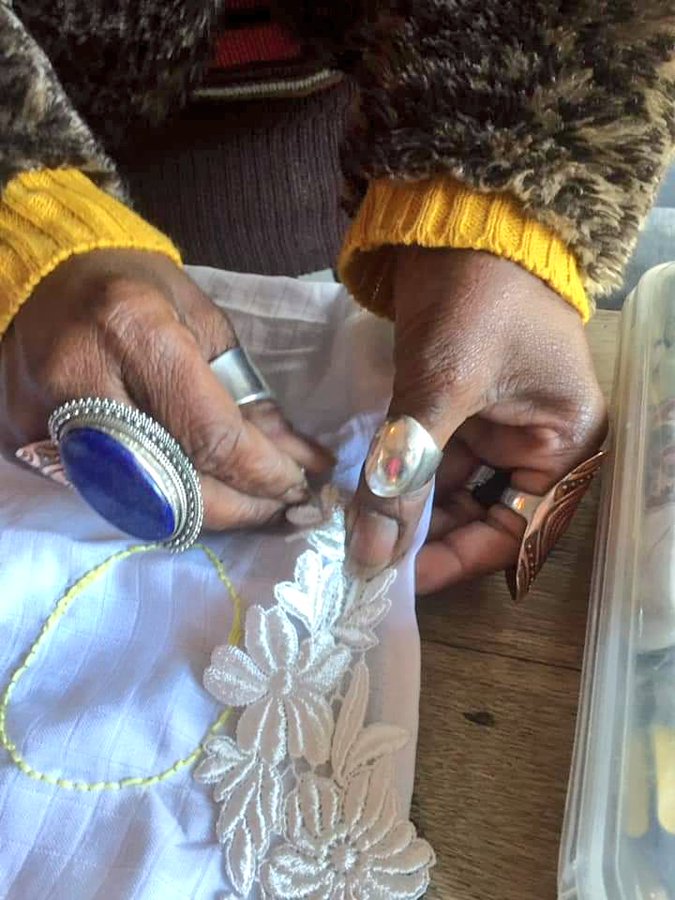

What dates should we put in our calendars?
The date that the National Justice Museum reopens.
Whose work or what space would you most like to curate?
I feel fortunate to have worked with some incredible minds and creative talents. I’m attracted to authentic spaces, fragments of things and moments of time where historic collections and contemporary responses ignite peoples stories and involvement. I’d like to continue to curate in a way that profiles significant pieces of art alongside creative output from people who perhaps wouldn’t consider themselves an artist. There is something special about the overlap and the connection between ordinary and extraordinary.
What do we need to see more of in the East Midlands?
More projects that include people who are less heard, mixing activist practice, artists, people on the street informing what happens inside the galleries and creative spaces.
Andrea was interviewed in June 2020.
All images are courtesy of the National Justice Museum.
